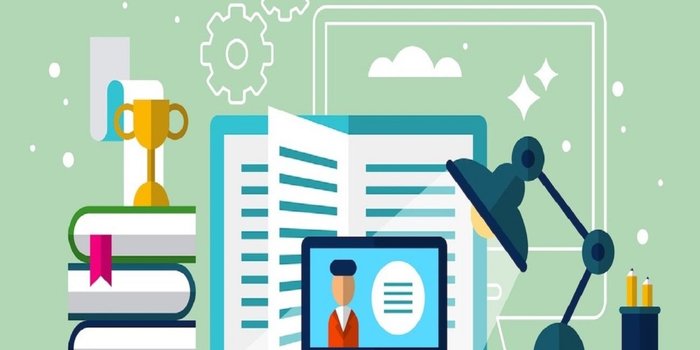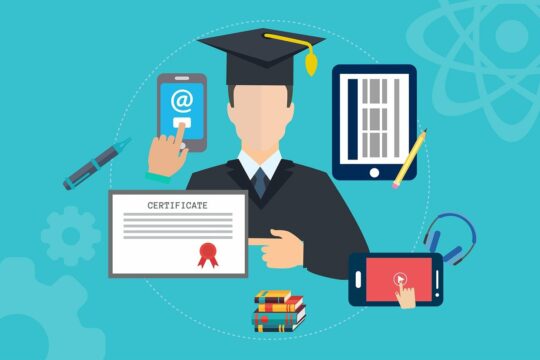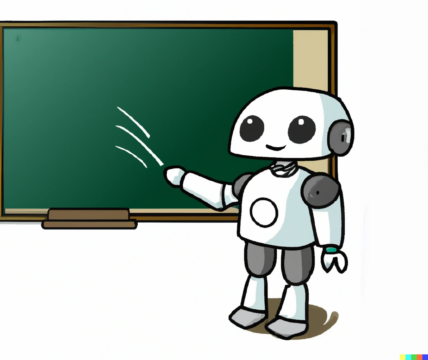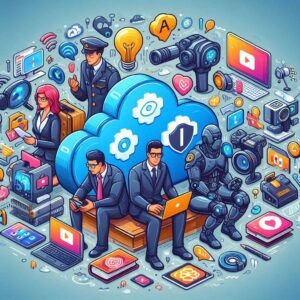Over the years, the idea of traditional education has seen a significant alteration. Being physically present in a classroom is no longer necessary, thanks to the most recent internet and new technological breakthroughs easing learning accessibility.
Innovative models have emerged that integrate online and physical classrooms and synchronous and asynchronous teaching. These models ensure that education transcends the physical barriers of the classroom and ensures learning is never interrupted. They also allow educators to effortlessly switch to a hybrid approach with a high level of interactivity by using both online and classroom teaching.
Read more: How Virtual Reality is becoming an advanced teaching medium for educators
Adapting hybrid learning took little time in metropolitan cities like Delhi and Mumbai. But with time and need, schools and teachers have accustomed themselves to the process, using efficiently equipped devices and technology, making the teaching seamless and hassle-free.
Not long ago, people were skeptical of taking live or online classes, but the pandemic forced everyone to switch to online learning modes, which proved advantageous in various ways. EdTech should not currently be shunned in any area of life; instead, it should only be complemented by the unique components that offline learning offers. In the last two years of the epidemic, virtual learning and technological advancement in education were accelerated to the point that the industry lost sight of the benefits and importance of tailored learning.
EdTech should not currently be shunned in any area of life; instead, it should only be complemented by the unique components that offline learning offers
Compared to the traditional “chalk-and-talk” classroom instruction, these advantages include scaling up standardised instruction, promoting differentiated instruction, boosting student engagement, and broadening practice opportunities. However, the concept of ”No physical Classes” brought up by the COVID-19 pandemic made it very challenging for educational institutions to regulate studies at the normal pace. This was when various Edtech models and products started being introduced.
Hybrid learning aims to mix both online and offline modes to achieve a unified learning experience.
Benefits of procuring the hybrid model
Easy accessibility & Improved Flexibility
Hybrid learning combined with smart classrooms enables seamless communication between educators and students. The additional flexibility to record sessions beforehand allows teachers to manage their time more efficiently. Furthermore, the transition from traditional methods to online learning enables the creation of a classroom from anywhere, making it accessible for educators and learners, hence, leveraging the accessibility and inclusive EdTech for better student outcomes anywhere and anytime.
Total Integration
With the advancements in software and hardware EdTech tools, hybrid teaching is much more integrated. The recorded sessions and the seamless interaction with students make the class much more fun and engaging. Hybrid interactive learning is being seen as the way of future education and is considered a game changer. The key users—students, teachers, and parents— gradually become accustomed to these adaptations.
Increased Scale
Most students can benefit from the same by enabling easy access to knowledge. The student’s attendance is one of the key advantages of the hybrid learning strategy. There is a high likelihood of decreasing the number of student absences because the hybrid model is advancing the educational ecosystem. A student who is physically ill can still participate in the classes online and in remote learning without missing the lecture. Hybrid classes can also be filmed and streamed online, giving those who couldn’t attend a chance to stream and learn afterwards.
Read more: Can EdTech replace classroom learning?
By implementing a new learning model, educational institutions, educators, and learners must seize the chance to improve the learning ecology. In the upcoming years, people and educational institutions must search for novel approaches to increase the significance, applicability, and interest of learning. Many technological tools are becoming permanently ingrained in our educational practices and play a crucial role in developing practices consistent with an ongoing shift toward more student-centred learning.













